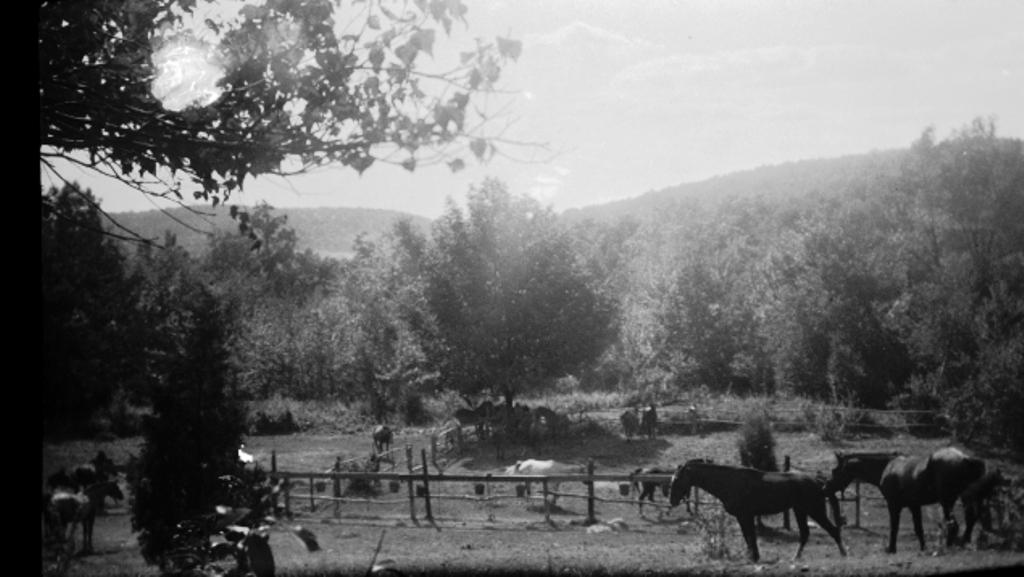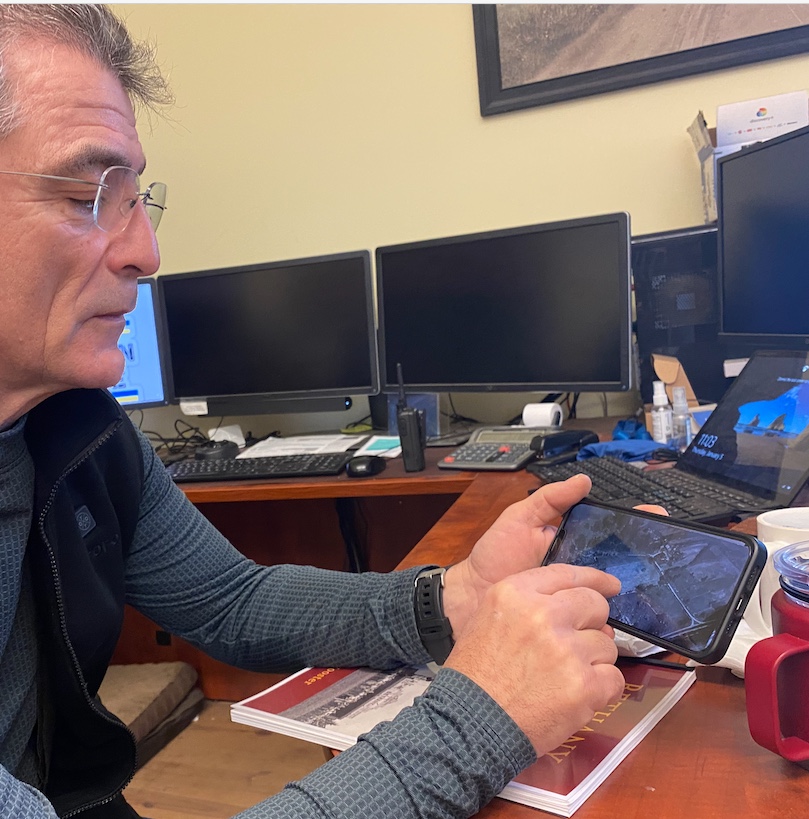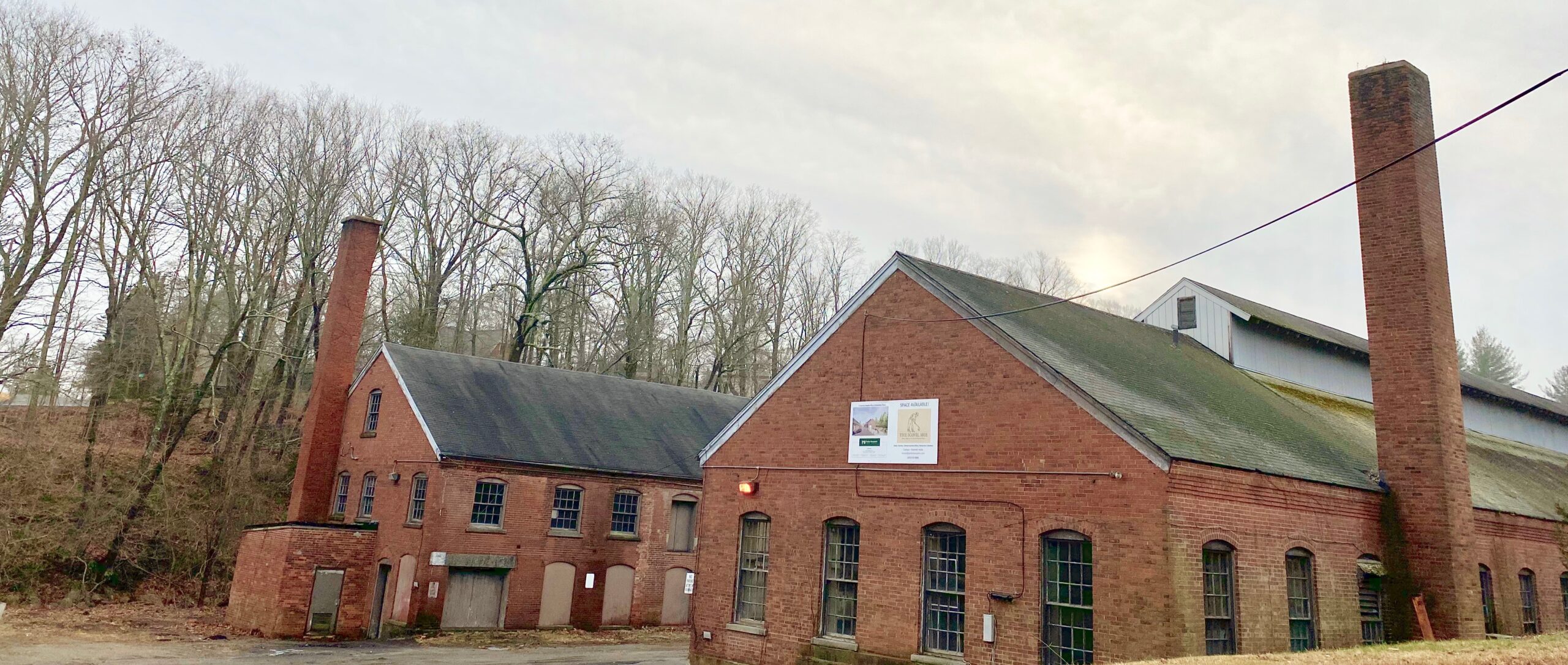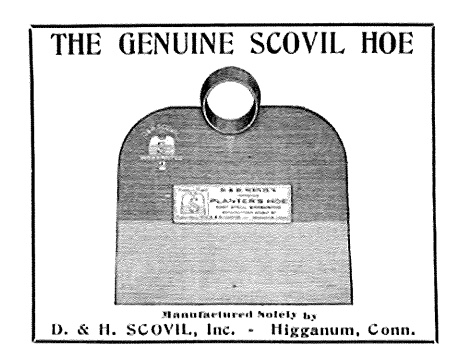The Road: Russell Homestead To Scovil Hoe
As the year gets going, much is brewing. Growing. So many stories, people, history, change and business.
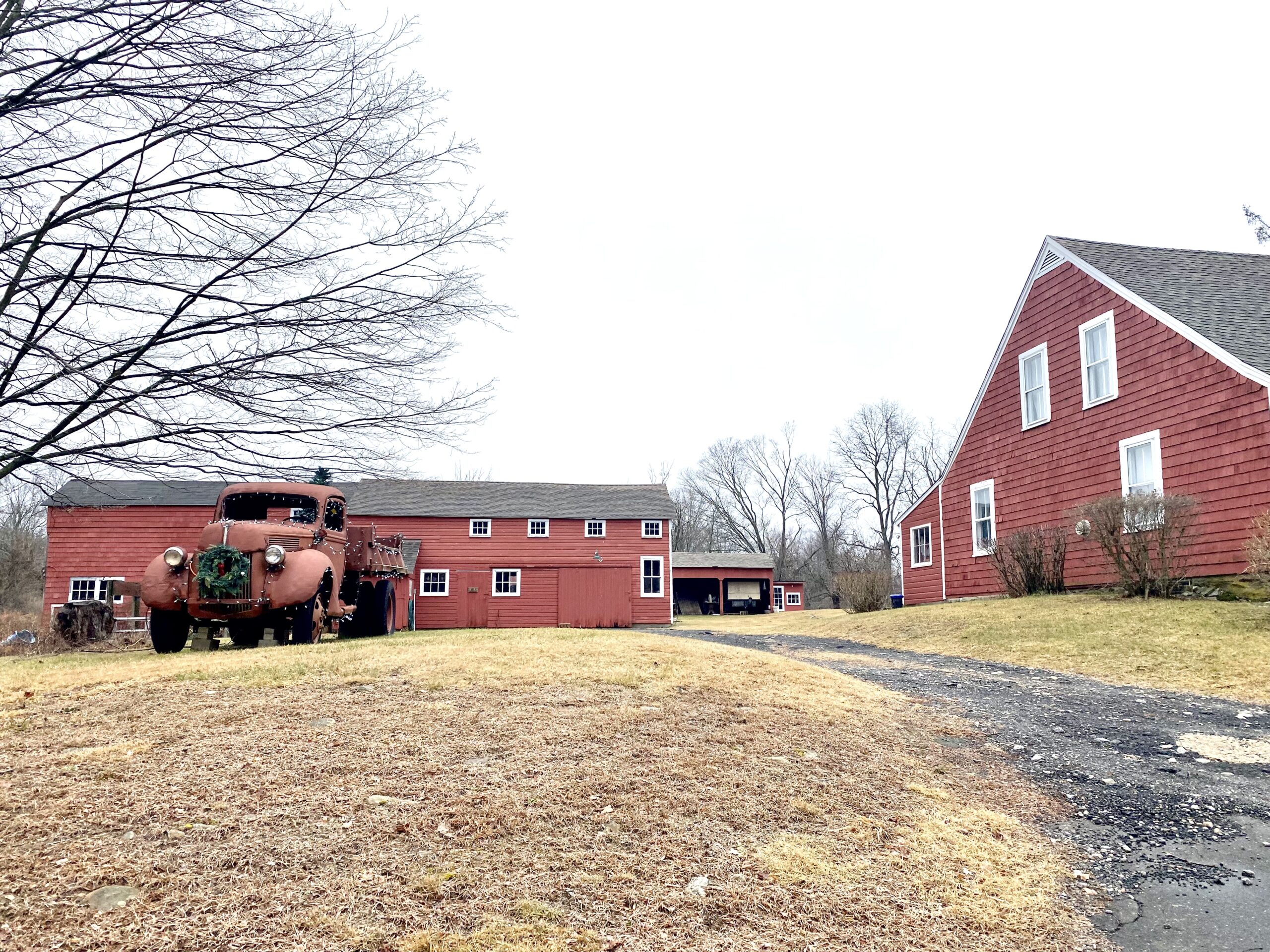
Now home to Bethany Historical Society, this is the side view with character of that truck, Russell Homestead of Bethany, Connecticut. See below for the front view.
Cavalry horses that summered in Bethany, Connecticut, up from New Haven? Yes.
For context.
A stop to see Peter La Tronica, co-owner of Lock, Stock & Barrel on Amity Road. Questions, answers, names. His sharing of photographs about that red farmhouse with a small sign displayed on the front, Round Hill Road. A structure that is a hub with spokes radiating out into the world. The Russell family. Land and pastures. Cavalry horses on summer pastures. Hay. Fun. Work. Camera capturing bits of all. (Also see Connecticut Barns.)
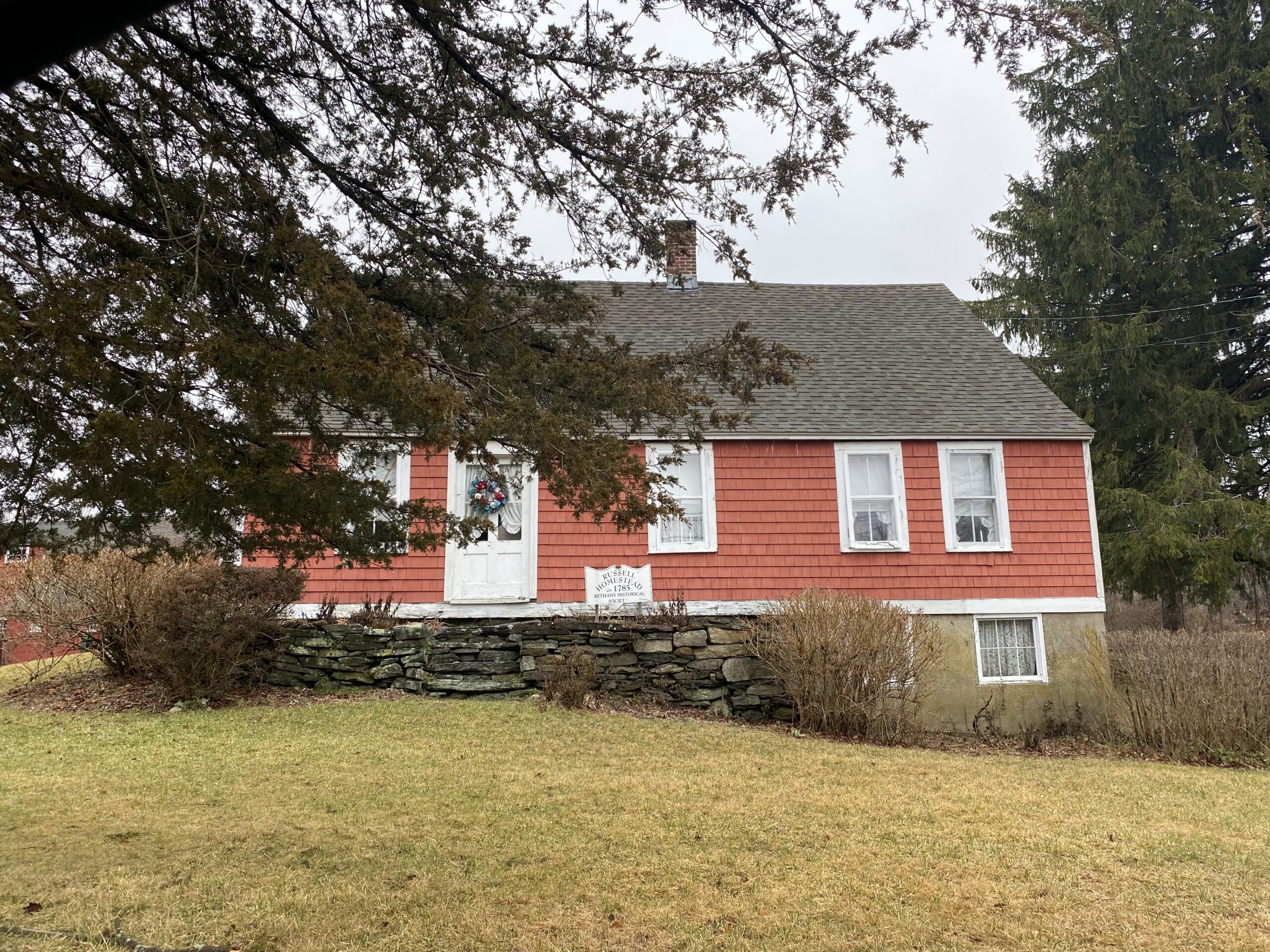
From Connecticut Barns: “Relationship to surroundings. This 3.1-acre parcel is located on the north side of Round Hill Road, west of its intersection with Amity Road (Route 63). The site is at the southern border of Bethany close to the town line with Woodbridge. The farm is located on a relatively level saddle of land between Round Hill to the south and a broad plateau to the north. A stream running southwest drains the area. The present acreage appears to be the remnant of a larger farm with the Farmhouse dating from the mid- to late-18th century.
“The house is located on an elevation above the road and is a 1 ½-story cape-style building with its ridge-line oriented east-west. The south eave-side faces the road, with a level landing formed by a low fieldstone wall adjacent to the house and stone steps leading down to a narrow lawn area. The south side is a five-bay façade – originally the central door was flanked by two windows on each side. In the 1940s the door was moved one bay to the left (west) and a window moved to the center.
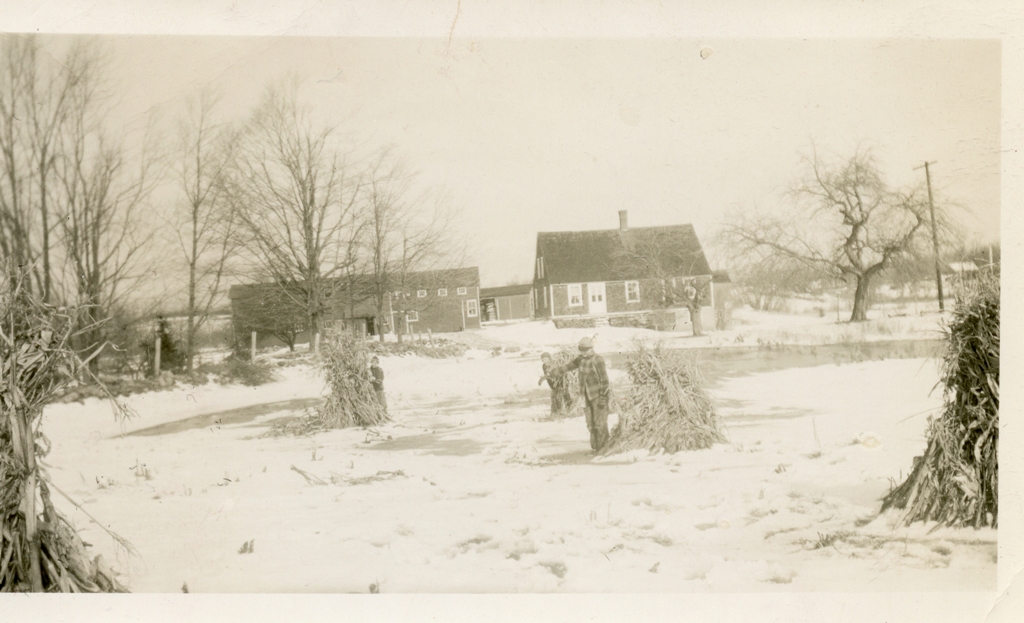
Corn from Uncle Bob's is the caption for this image, courtesy of the Russell family shared by Peter La Tronica. Note the home in the background, door placement.
“The windows are two-over-two double-hung sash. Several courses of fieldstone foundation are exposed at the southwest corner, with grade rising toward the northwest. The west gable-end has two similar windows at the ground floor level widely-spaced and two in the attic close together. The east gable-end has similar fenestration but a fully-exposed foundation with windows and a door to the basement.. A 1-story gable-roofed well room addition is attached at the northeast corner; this has its ridge-line east-west and has a full-height fieldstone foundation exposed on the south side. The main block is 31’ x 39’, the well room is 8’ x 13’, and a shed addition 7’ deep spans the entire north side, extending the roof-line in a saltbox form. This has a continuous row of six-pane windows and two pass-through doors located near the west and east ends. The addition is un-heated and functions as a porch or mud room.
The Farmhouse interior formerly had a center chimney mass, but this was removed in the early- or mid-20th century. The interior layout consists of two parlors at the south side with a narrow room between, formerly the entry hall. To the north, the northwest corner was historically borning room, the northeast room is the kitchen, and a bathroom and pantry are located at the center. The house is of post-and-beam construction, though much modified by the removal of the chimney mass and installation of central heat. The current owners have been restoring it as a house museum, to a pre-World War II period. Outbuildings include Barn I northwest of the Farmhouse, a long wagon shed, Shed II, to the north, and two chicken coops. The larger of these (Coop III) is a 2-story flat-roofed coop located west of the barns, and the smaller (Coop IV) is a 1-story shed-roofed structure to the northeast of the wagon shed.”
Research begun, this story is to be continued.
Another place in time, Higganum.
“While industrial activity has declined significantly in Higganum over the years, and heavy industrial uses are not desired within the village center, it is important to acknowledge that industrial activity has been
redefined in the 21st century. The industrial remnants of an era gone by such as the Wire Factory and the Scovil Hoe buildings provide a unique opportunity for modern adaptive reuse. Many modern light industrial businesses have become cleaner, quieter, and more compatible with other uses. The Higganum Village District should consider low-impact light industrial uses – aka ‘Maker Spaces' – as a source for jobs, economic activity, and creativity in the future.”
…
“It is currently owned by the State of Connecticut and served for many years as a state Department of Transportation garage. The Haddam Department of Public Works office and garage: The Town is exploring opportunities to
relocate these important facilities, opening up this site for potential village-supporting development. The Rossi Property at 300 Saybrook Road: This is a privately held parcel with a mix of commercial and industrial buildings that could be redeveloped. Outdated Structures & Infill Opportunities: Some of the more modern and non-historically significant commercial buildings in Higganum may be reaching the end of their natural life spans. The Town could
continue to partner with local commercial property owners to renovate or replace these buildings, and construct sensitive infill buildings, in a way that meets the Higganum Design Guidelines and contributes to the village’s walkability…”
From Town of Haddam Plan of Conservation and Development, adopted 2018 (note the date, vision). To be continued.
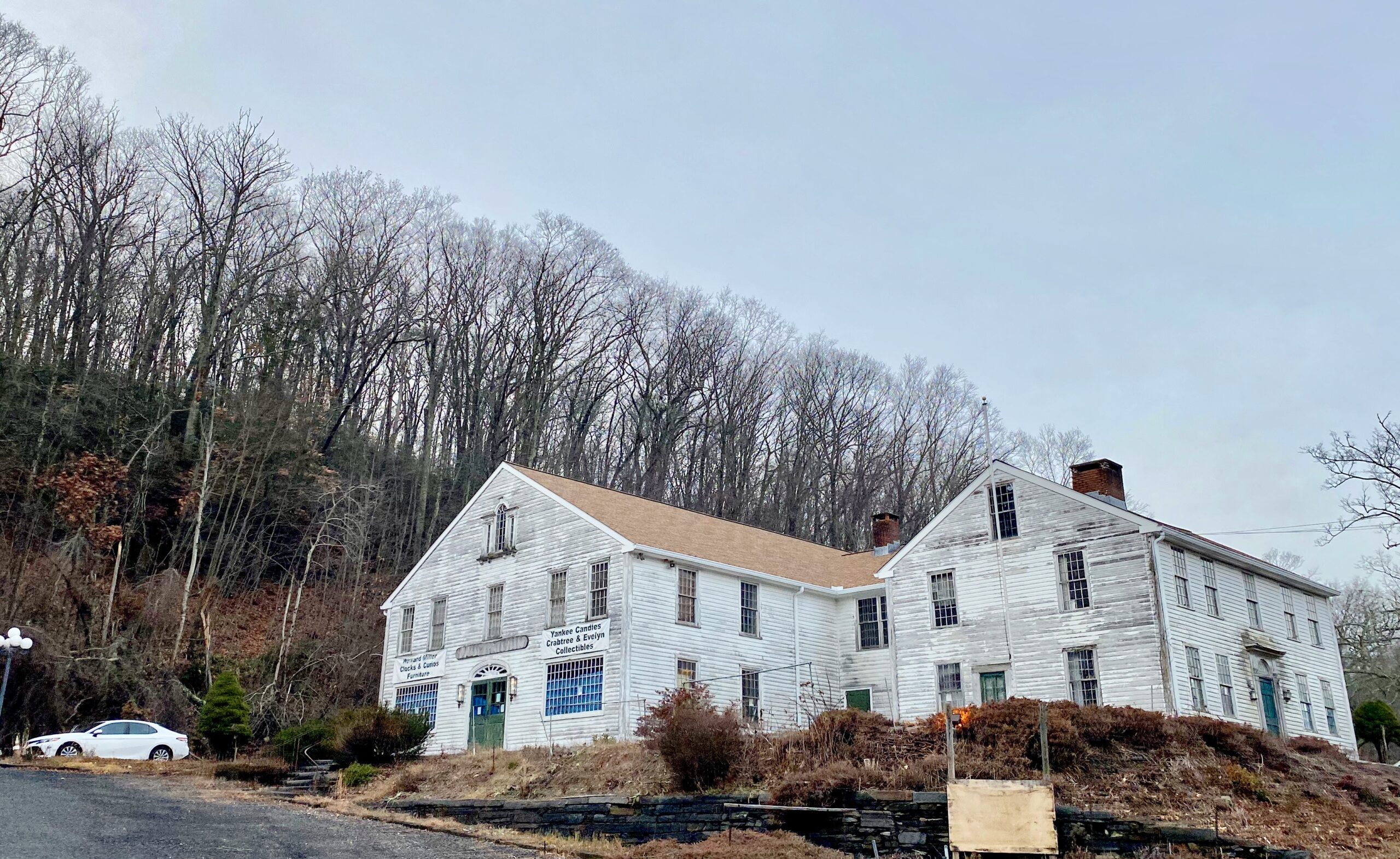
Long ago visit to the rear building which was unheated at the time. And a small figurine with a fish that stayed.
The Percheron draft horse I was training with yesterday and me. Gives you a sense of scale with the gentle giants. One day I'll do some sustainable forestry and sleigh rides for Finn, Karen and family with these good creatures. #Percheron #DraftHorse #Wisconsin #Rural #Horses pic.twitter.com/0kACLQWA18
— Noah J. Sabich (@NoahSabich) January 8, 2023

